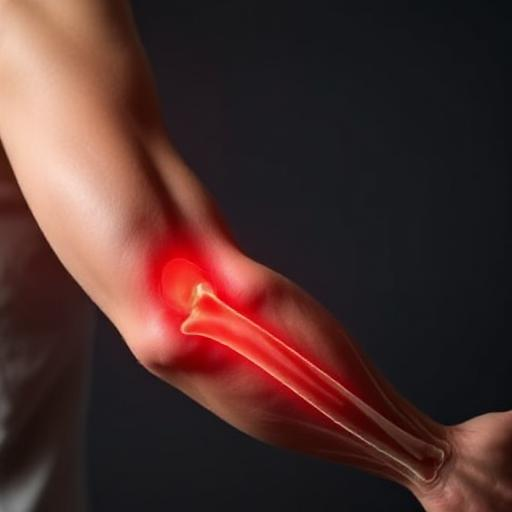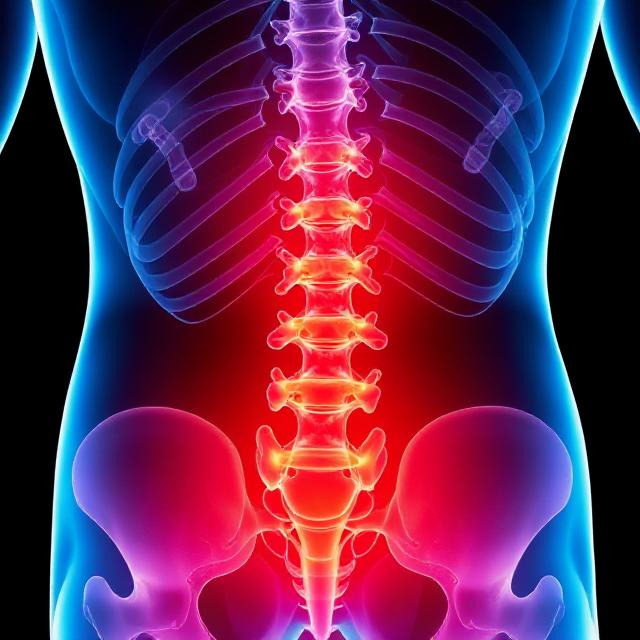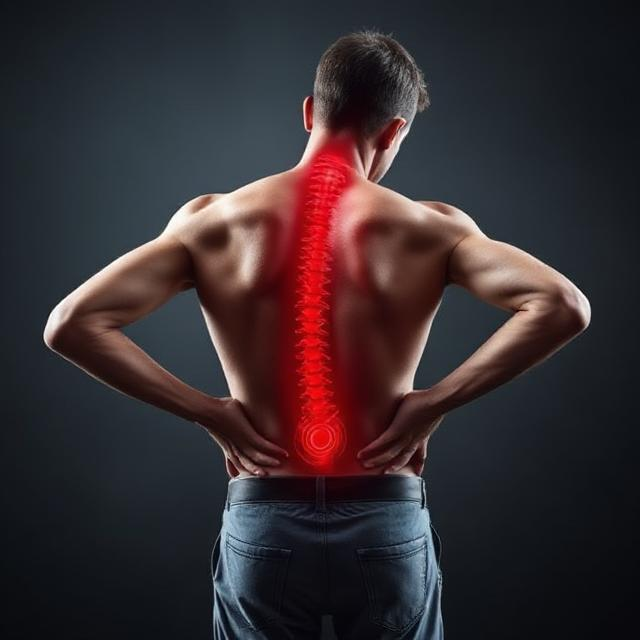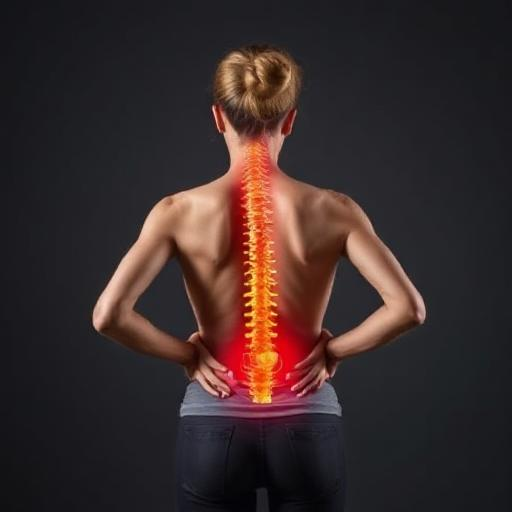Chronic vs. Acute Elbow Pain: How to Tell the Difference


Chronic vs. Acute Elbow Pain: How to Tell the Difference
Elbow pain
Elbow joints are formed by the humerus, ulnar, and radius. Each bone has cartilage lying at the end of the joint surface, which acts as a shock absorber and provides a lubricating function. In addition, there are also ligaments and muscle tendons that attach to elbow joints. Fracture and misalignment of the elbow joint or inflammation of the soft tissue mentioned above can result in localized elbow joint pain. Aside from that, nerve entrapment can also cause elbow pain, such as cubital tunnel syndrome, carpal tunnel syndrome, and thoracic outlet syndrome.
To distinguish between mechanical elbow pain and radiating nerve pain lies in the location and type of pain. Mechanical elbow pain like ligament sprains, tendinitis or bursitis often manifest as localized sharp elbow pain while nerve pain often travels down from neck and shoulder down to elbow and sometimes the wrist. The type of pain can be numbness and tingling, shooting pain, or burning pain. Most of the time, this kind of nerve entrapment is caused by misalignment of the cervical spine and upper thoracic spine.
Acute vs Chronic elbow pain
The differences between acute and chronic elbow pain primarily lie in duration, cause, and progression:
Acute elbow pain often comes after a sudden or specific onset. One of the most common causes is often associated with collision, for instance, a fall on the elbow. Direct trauma to the elbow joint cause inflammation and swelling of the joint capsule and the soft tissue which leads to arthritis, tendinitis, bursitis, muscle strains, ligament sprains, fracture and so on. Additionally, the pain in acute problems develops within a relatively short period of time (few days to weeks) and lasts for a short period of time. (not longer than 3 months)
On the other hand, chronic elbow pain lacks evidence of specific trauma or injury as they develop gradually overtime due to overuse, repetitive elbow movement, degenerative condition and ongoing condition such as longstanding elbow joint misalignment, longstanding cervical and upper thoracic spine misalignment which affect the proper nerve function down to the elbow muscles. The common sign and symptoms are chronic problems usually start with mild discomfort and slowly it becomes more and more painful. Different than acute problems, chronic problems last longer for months or longer. (more than 3 months)
Conclusion
Understanding the differences between acute and chronic elbow pain is crucial for effective diagnosis and treatment, as addressing the underlying cause whether it be trauma, overuse, or spinal misalignment can significantly improve recovery and prevent long-term complications.



